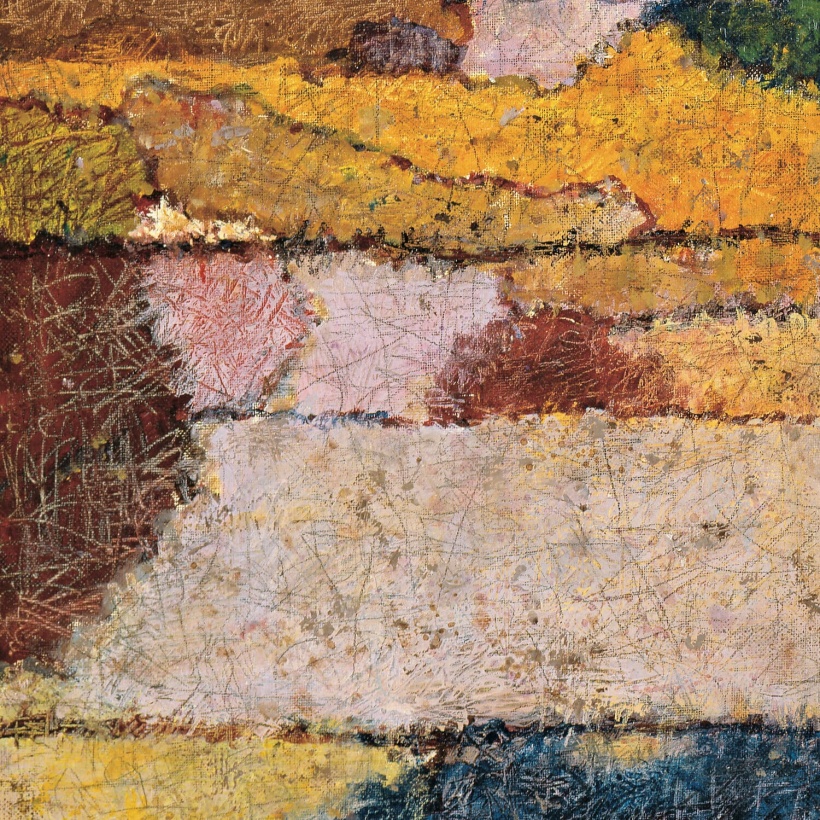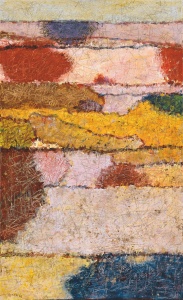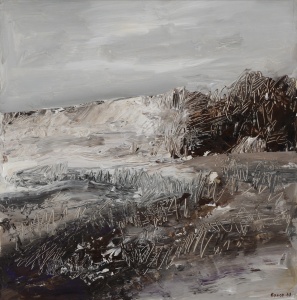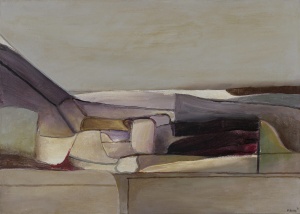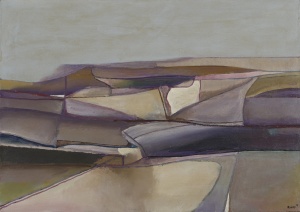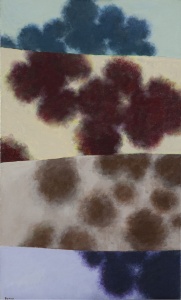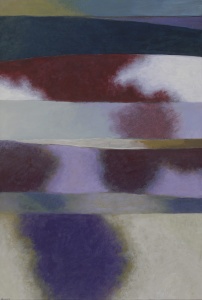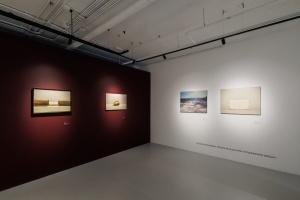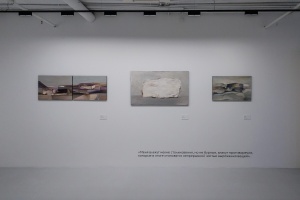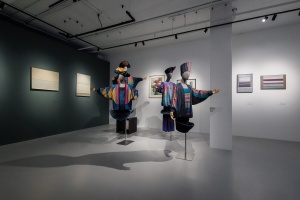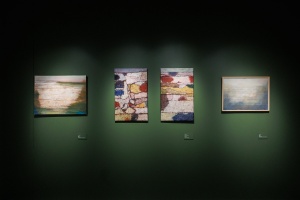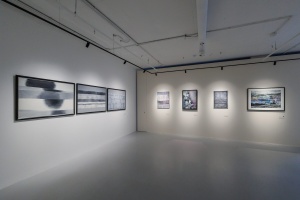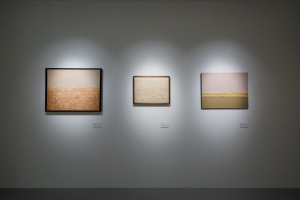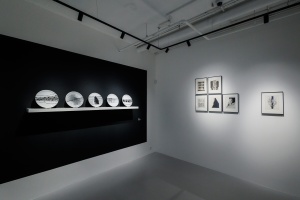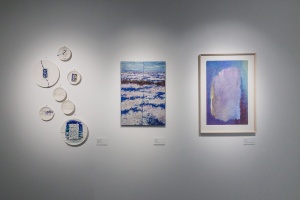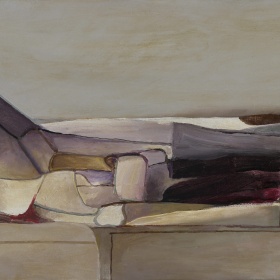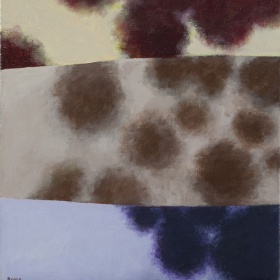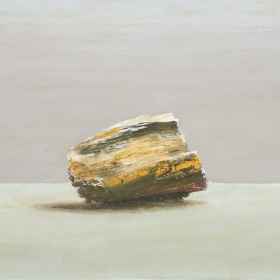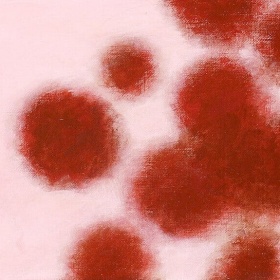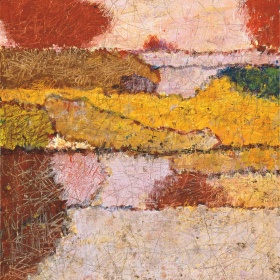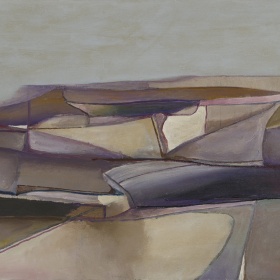TWIN FIELDS
The ‘Twin Fields’ exhibition presents Igor Vulokh’s work over several decades, outlining the circle of his closest interactions. This title echoes the book of the same name by Vulokh’s friend and cohort Gennady Aygi, whose poetic language turned out to be organically linked to the artist’s visual thinking.
The world of Vulokh seems simple and complex at the same time: it is elementary due to the genre basis, yet unusually singular in the formation of its own ‘field’. Vulokh made his appearance as an artist largely due to the ‘thaw’, and became well established in the history of Russian art as one of the most significant nonconformists of the 1960s to 1970s. He was surrounded by artists who are now celebrated, dissidents like himself: Anatoly Zverev, Valentin Vorobyov, Vladimir Yakovlev, etc.
The titles of Aygi’s cycles of poetry, ‘Beginnings of Glades’, ‘Twin Hills’ and ‘Time of Ravines’, underline the three main themes of the exposition. There is close cooperation with the world of literature, specifically the poets Gennady Aygi and Swedish Nobel Prize winner Tumas Tranströmer, who are close to him in their imaginative worldview. The love story with Natalya Tukolkina-Okhota is reflected in original dresses and sketches by the artist’s widow, as well as in the ceramics inspired by Vulokh’s paintings. On a separate floor, the ‘Time of Ravines’ display shows a period of ups and downs, illness and chaos, with constant self-searching as an artist, and as a man. Family stories sound like a leitmotif and continue in interviews specially recorded for the exhibition, with the artist’s daughter Lidia Vulokh, his widow Natalya Okhota, and stepson Egor Altman.
An unexpected highlight is the punctuated intervention of objects from the collection of the Ruarts Foundation authored by 0331c, Valery Gende-Rote, Vladimir Yakovlev, Francisco Infante-Aran, Aidan Salakhova and Daniil Antropov, thereby creating an associative connection between Vulokh's art and modernity.
In this way the exhibition will show the ‘twin fields’ that comprise the atmosphere of Igor Vulokh’s art, providing the opportunity for a new, more personal and voluminous look at the nature of the artist’s work.
____________
Igor Vulokh was born in 1938 in Kazan. The artist graduated from the Kazan Art College in 1958, the same year he moved to Moscow and studied at the art faculty of Gerasimov Institute of Cinematography (VGIK) (1958–1960). Vulokh became an artist during the formation of non-conformism and was aside from all groups. He worked as an artist of a book, designed more than ten publications, among which were collections of poetry by Gennadiy Aygi and Tomas Tranströmer (1970–1990). Vulokh worked as an assistant in the Department of Western Religions at the Theological Academy of the Trinity-Sergius Lavra (1968–1973). In the late 1960s, he created a series of white paintings that gave rise to the beginning of the White Period, to which he returned throughout his life. In 1971, Igor Vulokh was admitted to the Moscow Union of Artists. His retrospective solo exhibitions are Igor Vulokh (MMOMA, 2013), Repatriation (Ekaterina Cultural Foundation, 2015).
